When it’s better time to write a travel post about an Caribbean island than on a cold Monday morning in the Swiss Alps while it’s snowing outside and it’s difficult to remember that it’s only October!
Me and my (as of 2019 ex) husband had an eye on St. Lucia for quite a few years but until now there was never a possibility to actually take holidays and go there. This year we said ‘now or never’ and early summer we started to make plans and all necessary arrangements to travel beginning of September. We knew that the time of year we were going is actually a wet season in Caribbean (from 1 June to 30 November) and that we could have some rain but you cannot always plan in a way that everything is perfect so we just said let’s do it and hopefully will not rain all the time we are there! Now let me tell you what a ‘wet season’ in St Lucia actually means, it’s nice and hot every day but not too hot, around 30 C and the temperature doesn’t change much between night and day. There is always a beautiful breeze coming from the sea so even if it’s a bit more humid than in a ‘dry season’, it’s still really comfortable and pleasant. And the rain? Yes there is a bit of rain every day and when I say “a bit” that’s what I mean! Like a minute or two of rain early morning and once in the afternoon. At least it was like that all the time were there and that was 2 weeks.




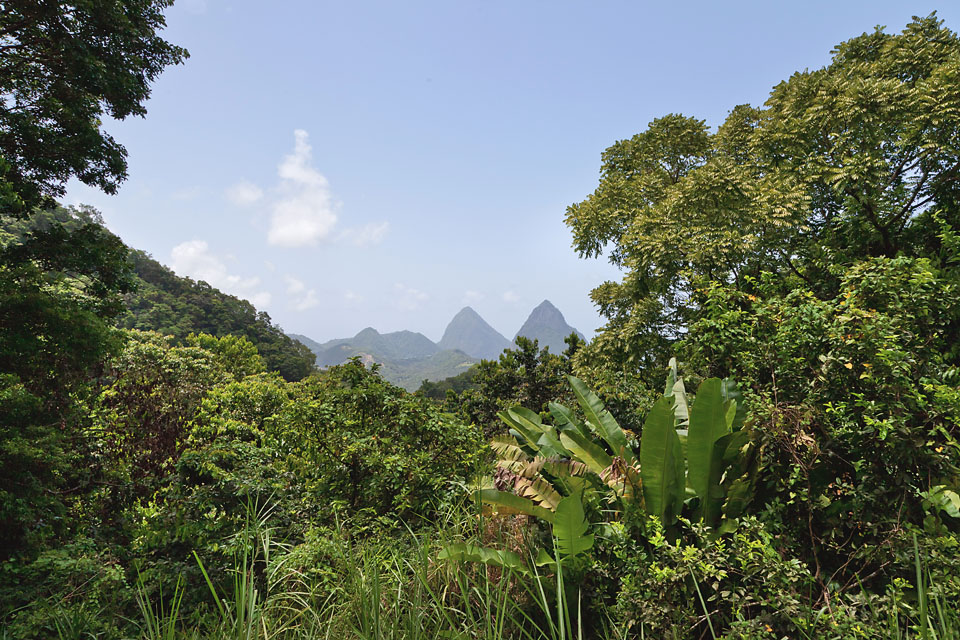
St. Lucia is volcanic island and it’s much more mountainous than many other Caribbean islands, with the highest point being Mount Gimie, at 950 metres (3,120 feet) above sea level. The island’s most famous landmark are the Pitons, two mountains that you will see on every story or article about this island. Saint Lucia is also one of the few islands in the world with a drive-in volcano.
The capital of Saint Lucia is Castries (population 60,263) where 32.4% of the population lives and major towns include Gros Islet, Soufrière and Vieux Fort. The population of 174,000 (in 2010) is evenly divided between urban and rural areas and it was very interesting to see a bit of both. Everybody who comes on holidays on a Caribbean island wants to enjoy the beaches and the sea so we are not exception but there is so much to see on the island that it would be really a shame to spend all the holidays lying on the beach with a drink in your hand. We did a bit of both and wouldn’t miss for the world the trips we made from the north of the island where we were staying to the southern fishermen villages, cacao and banana plantations, exploring the streets and markets of the capital Castries, snorkeling and diving excursions, trying the local food in tiny colorful little restaurants and so on…
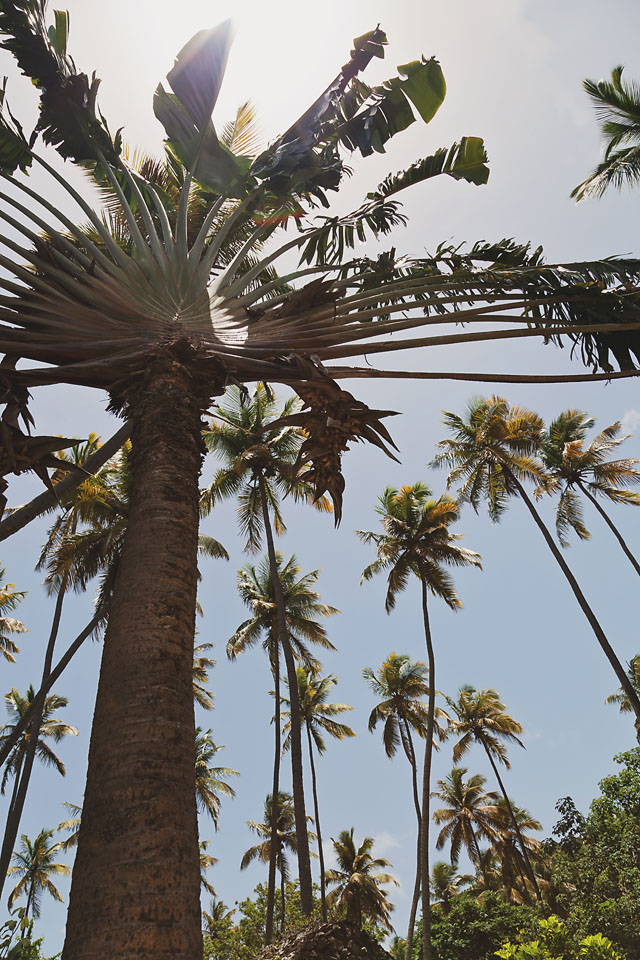
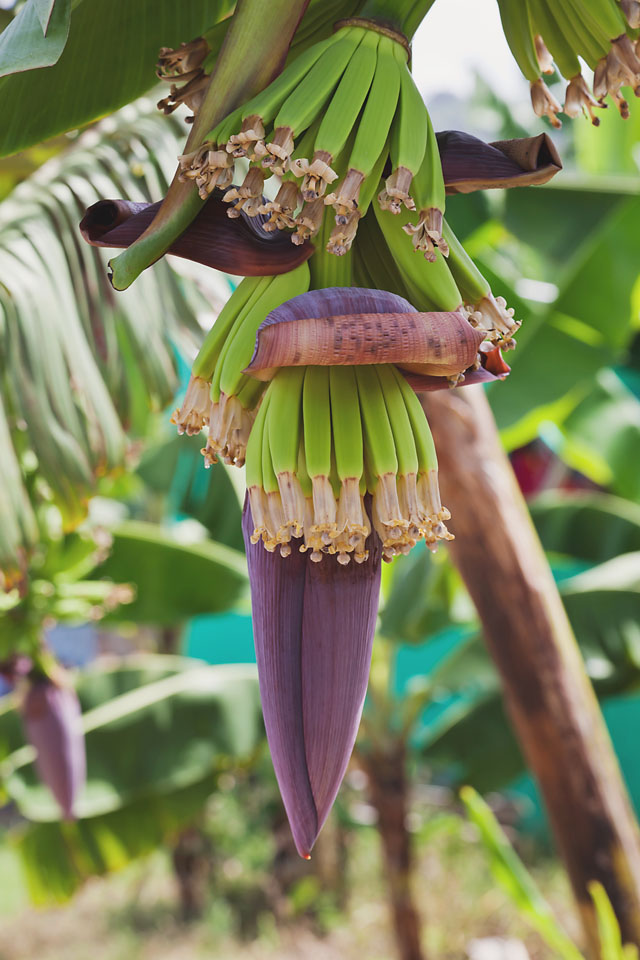
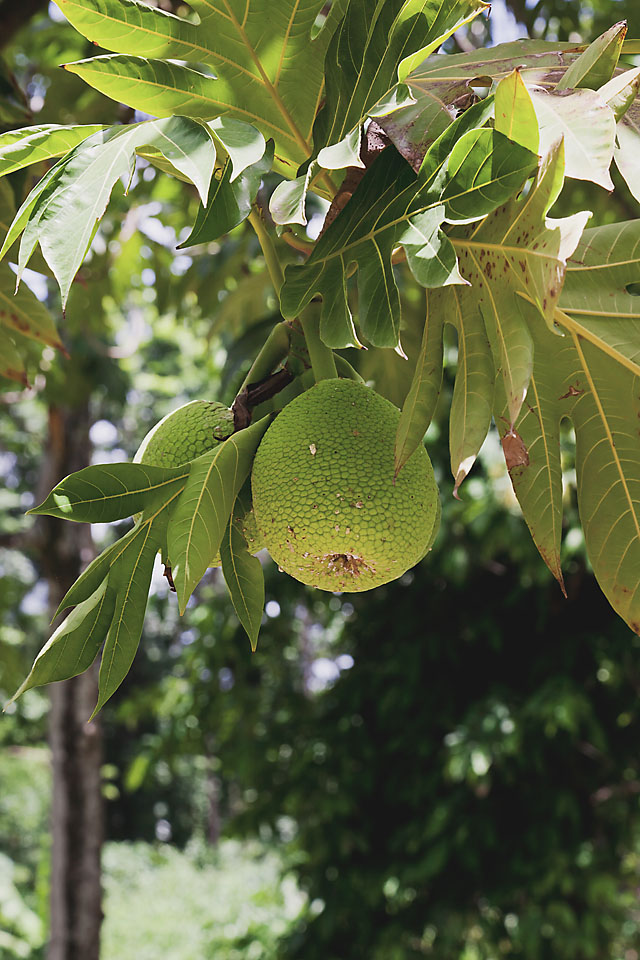
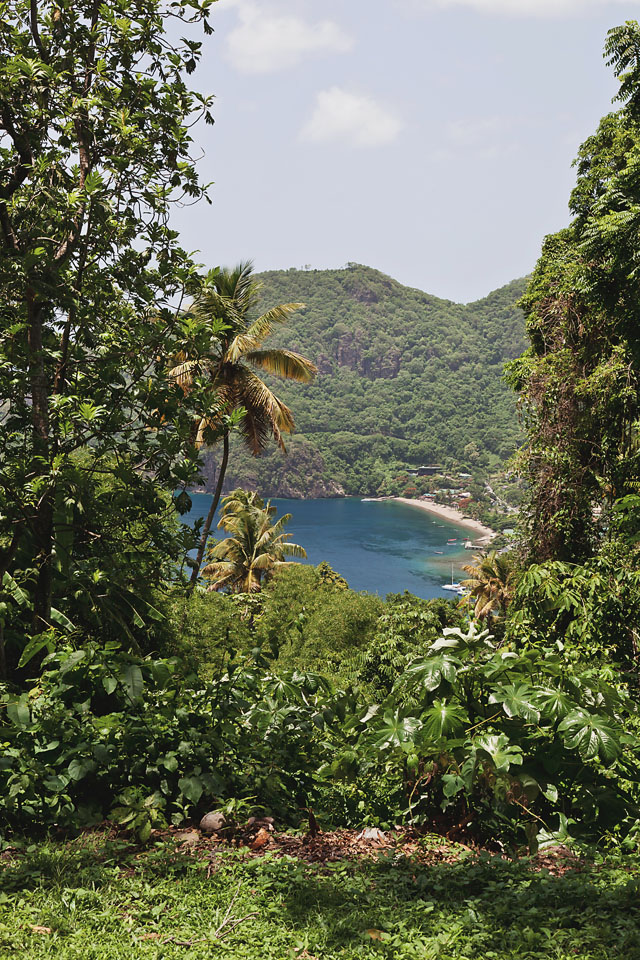
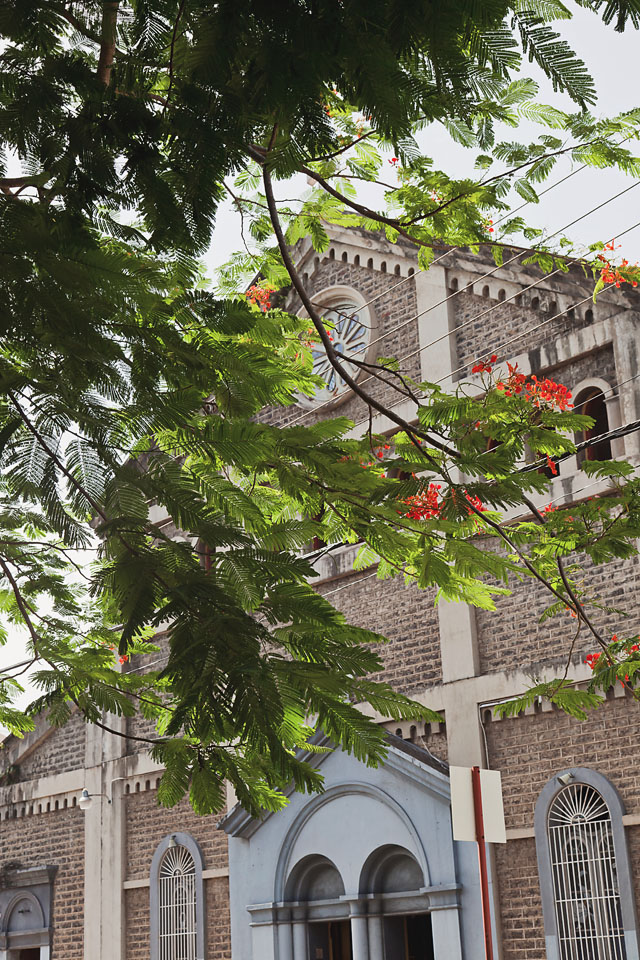

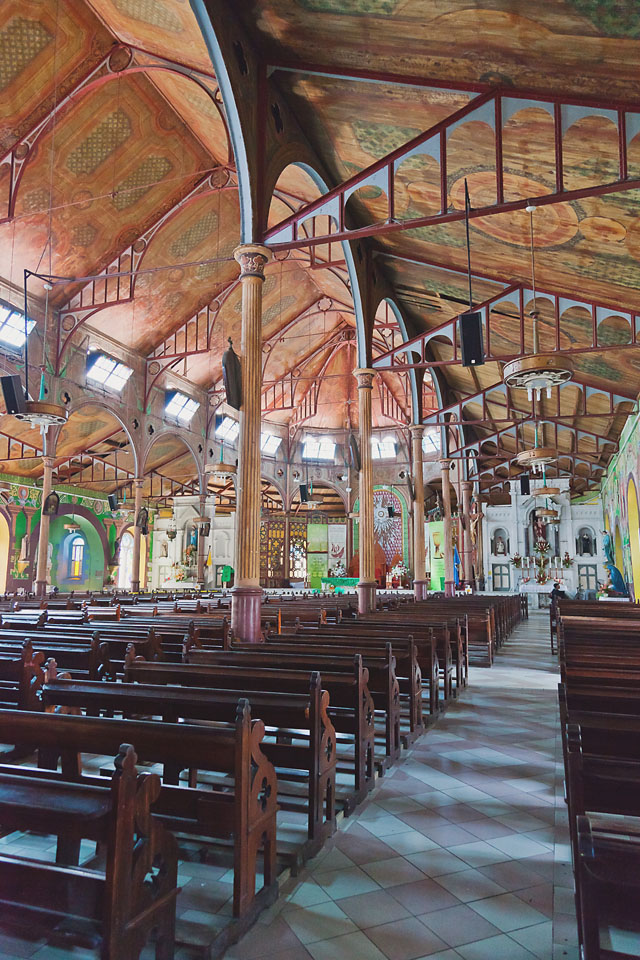
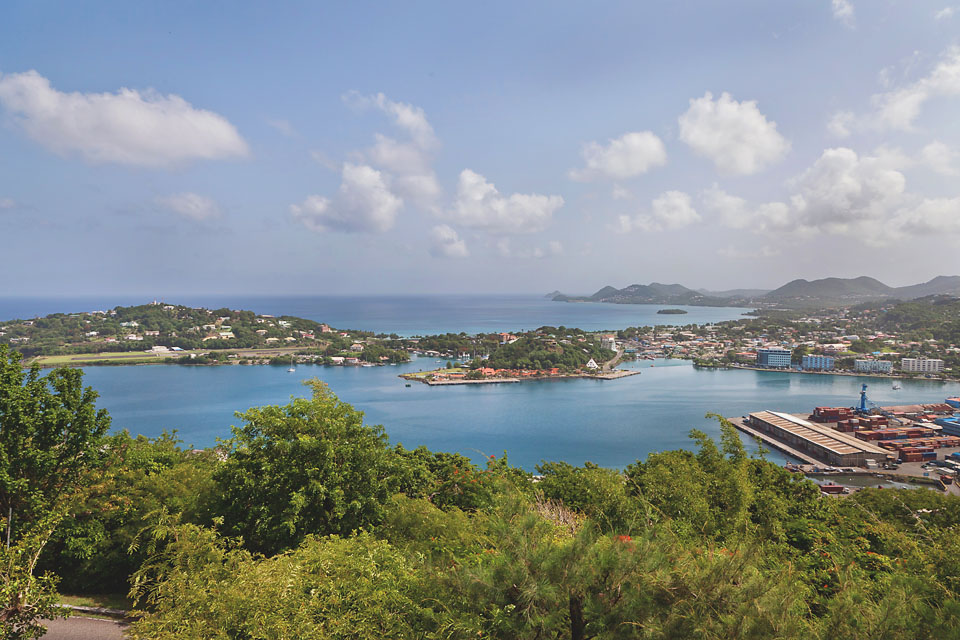

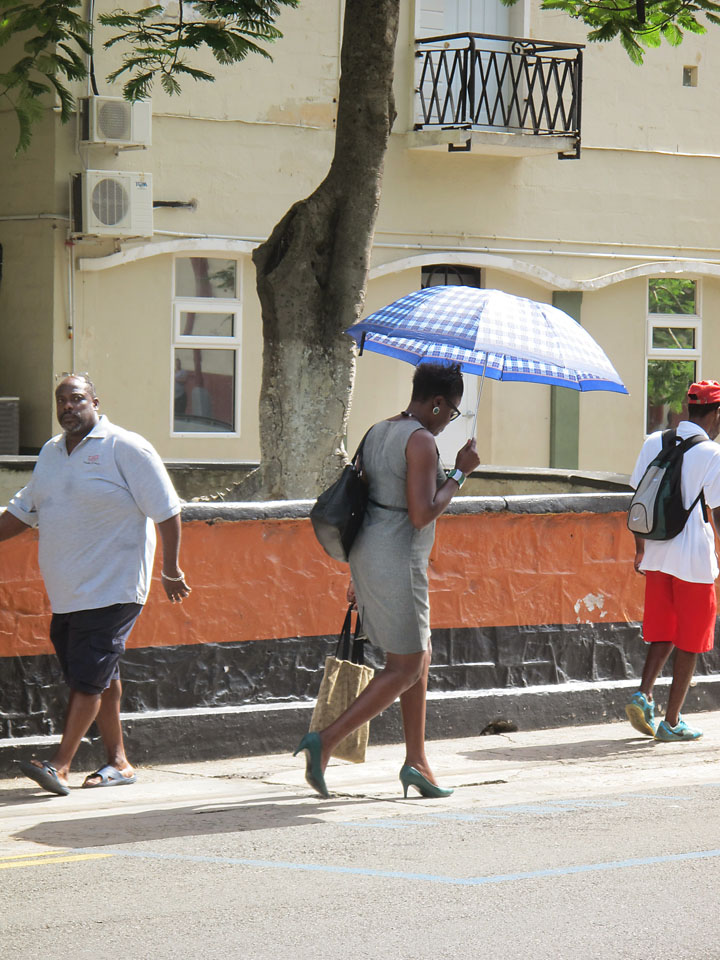




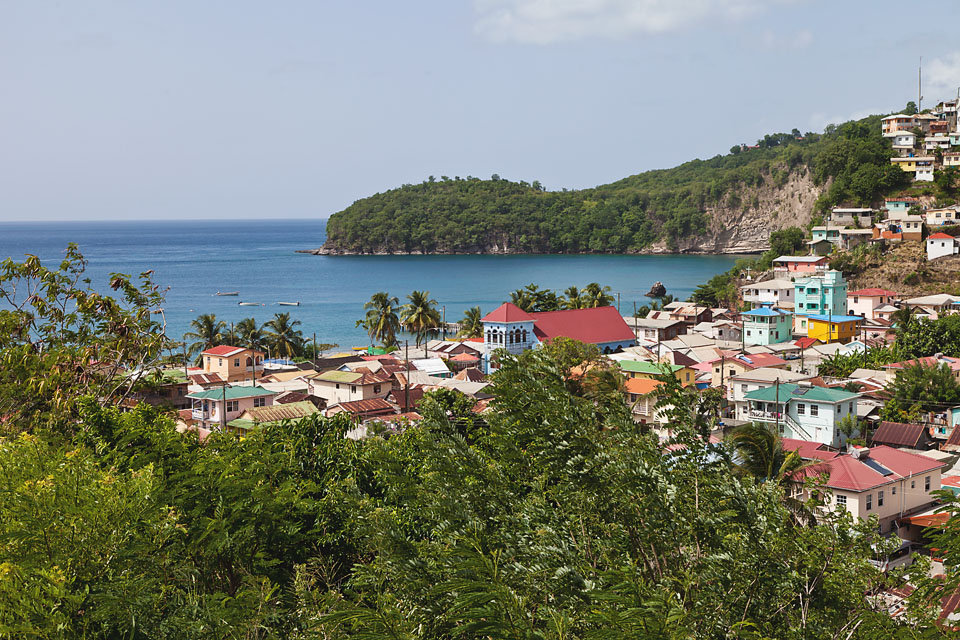
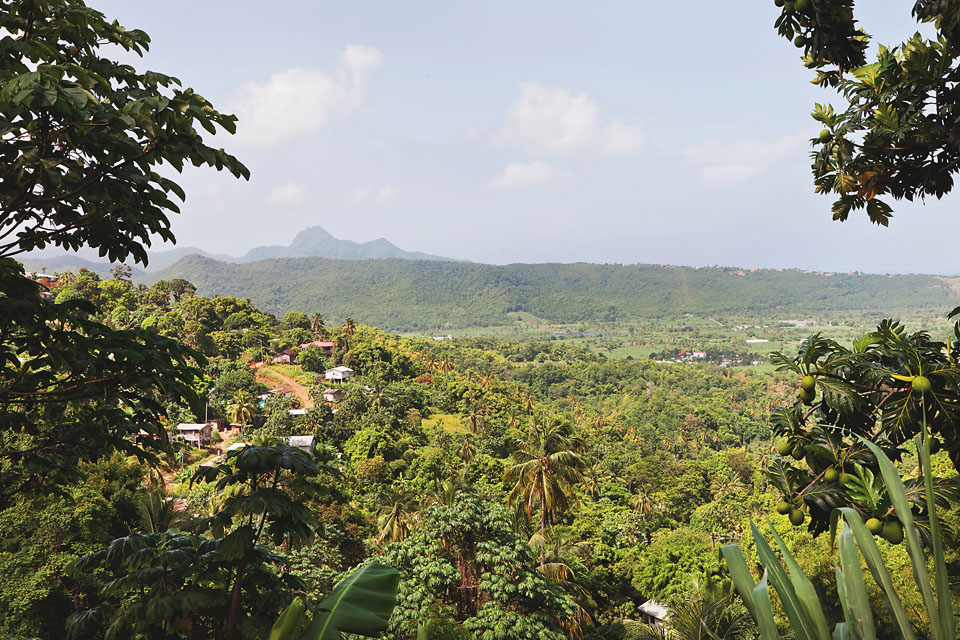
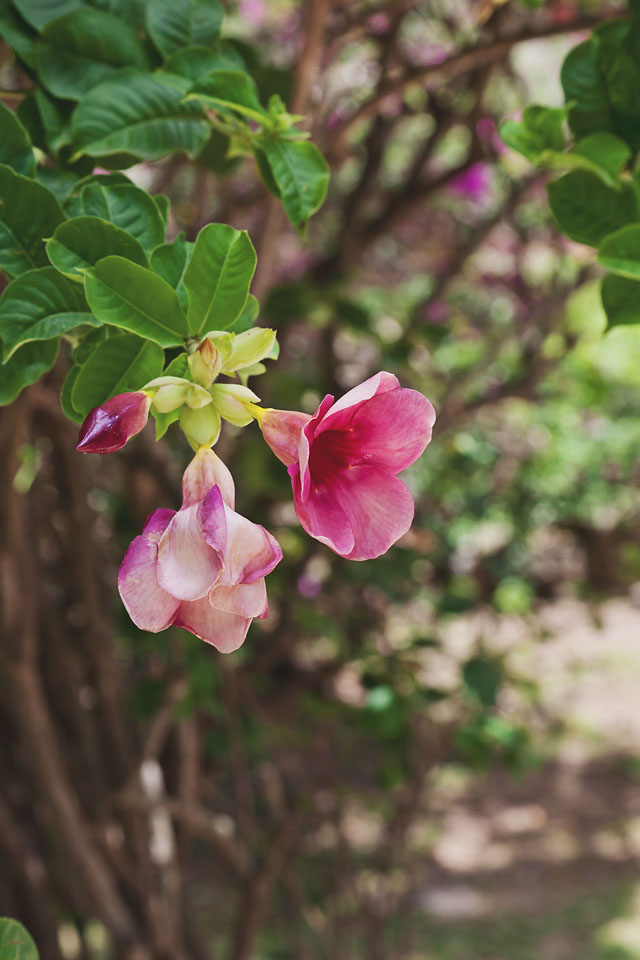


One of many things that we loved about this beautiful island are its people. Saint Lucia’s population is predominantly of African and mixed African-European descent, with a small Indo-Caribbean minority. The official language is English and Saint Lucian Creole French which is colloquially referred to as “Patwa” (Patois), is spoken by 95% of the population.
There you can really experience that there is a different way of life than what the most of us are used to. Life where materialistic things are not that important, life where you celebrate every single day with singing, dancing, praying and being happy just because you are here, life where it’s enough to have food on your table and people you love, good music and sunshine, enough for happiness. We saw people that don’t have much financially, that are living in very small and basic accommodation but people who are rich with their joy, happiness and positive spirit. They told us that the motto of the island is ‘no problem’ and that truly is how these people live. Not focusing on problems but rather on beauty of life itself. Everybody we met was so nice and kind and the most amazing thing is to see people singing and dancing all the time, in the most random places. Like a gardener while he is working on the hotel grounds under the hot sun or a waitress while she is carrying heavy tray and serving customers or people waiting for a bus near the road… There is this absolute positive energy on the island and you can’t stay immune to it, no matter what kind of problems you brought with you in your mind and your heart. You just kind of accept the ‘no problem’ attitude and enjoy life. The way it should be really.
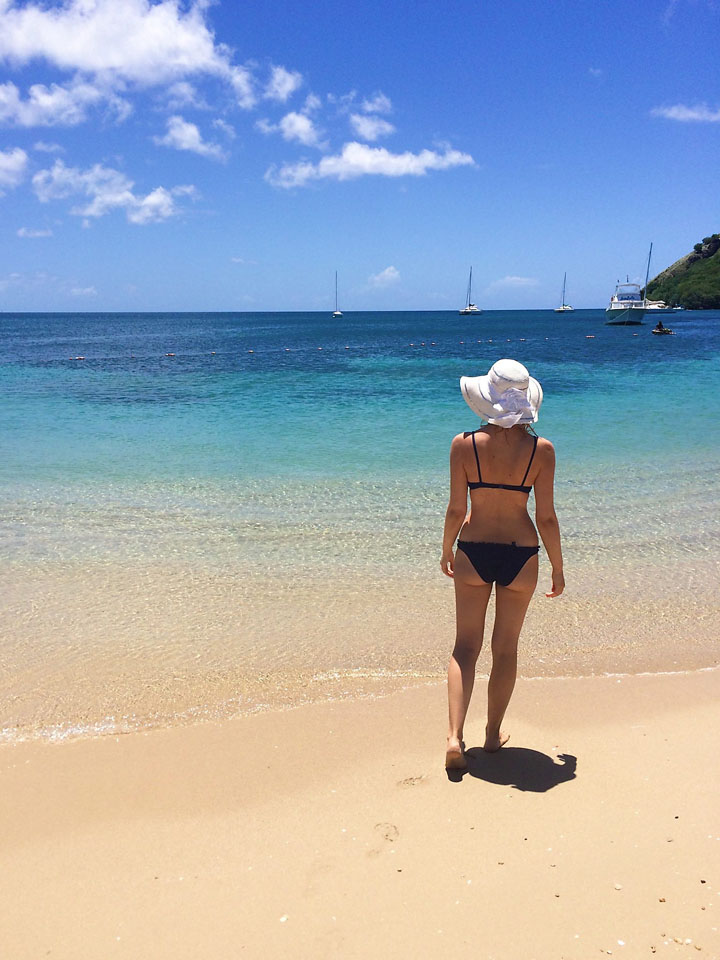
The culture of Saint Lucia has been influenced by African, East Indian, French and English heritage.The French were actually the island’s first European settlers and before their arrival in 1660, the island was inhabited by Carib Indians. After few years England took control over the island and actually it was at war with France 14 times so the island was 7 times under French and 7 times under British. On 22 February 1979 Saint Lucia became an independent state and that day is celebrated as independent day and public holiday.
At the same time that the Europeans were bringing their own cultures to St. Lucia, African culture was becoming established through the arrival of slaves for European plantations. Their descendants constitute the largest percentage of the island’s population, and their proud heritage has had an enormous impact on St. Lucia’s character as a nation.
Now a bit about the food and a visit to the local market…
The fertile, volcanic soil of the island yields an enormous supply of produce, and the island is one of the leading banana exporters in the Caribbean, with six different varieties available. In addition to bananas, St. Lucia’s abundant tropical fruits include mangoes, papayas, pineapples, soursops, passionfruit, guavas, and coconuts. Primary crops on the island were cassava, yams, sweet potatoes, all of which still play a central role in the island’s food. In the sea, on the trees, under the ground, everywhere you turn there is beautiful food. People can never be hungry here because there is such an abundance of food. That fact and its lush vegetation is what it makes it truly a a paradise on Earth.
My all time favorite things all in one place: vanilla, fresh coconuts, cacao beans (chocolate!!!), cinnamon & nutmeg, mangoes & papayas, bananas & plantains, sweet potatoes, coconut desserts & tapioca bread, fresh seafood… Heaven!

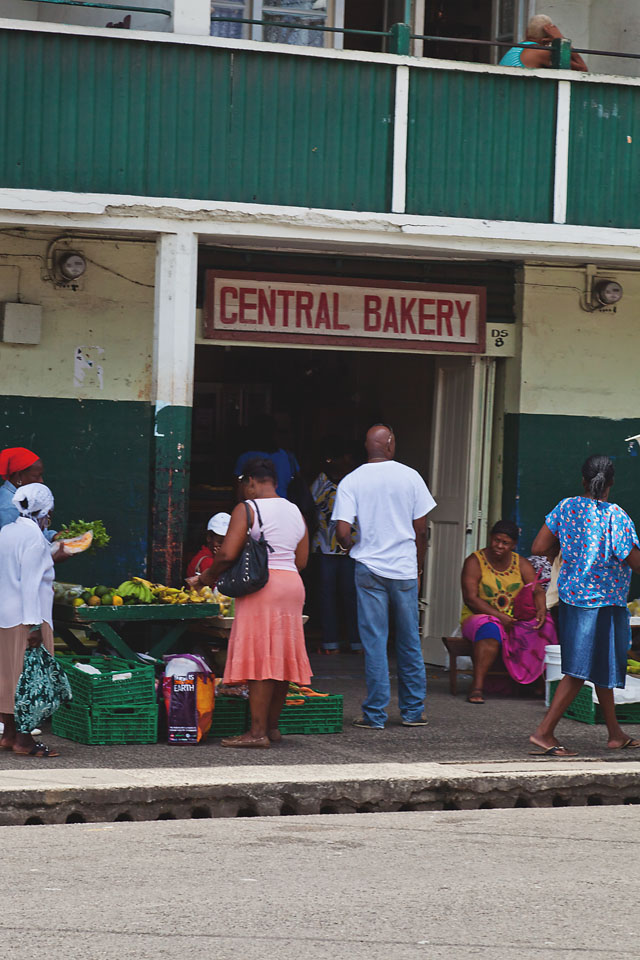



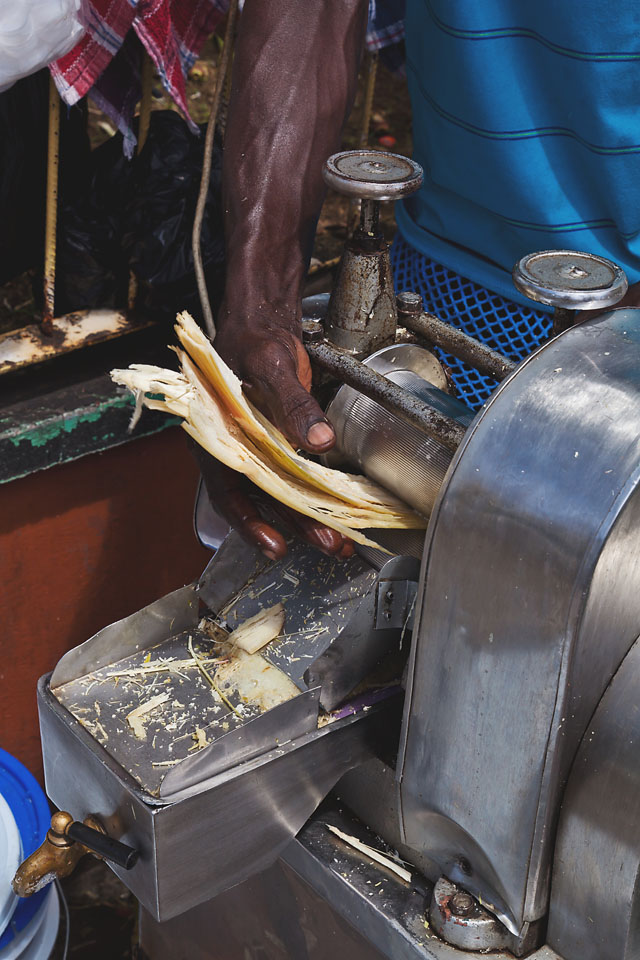


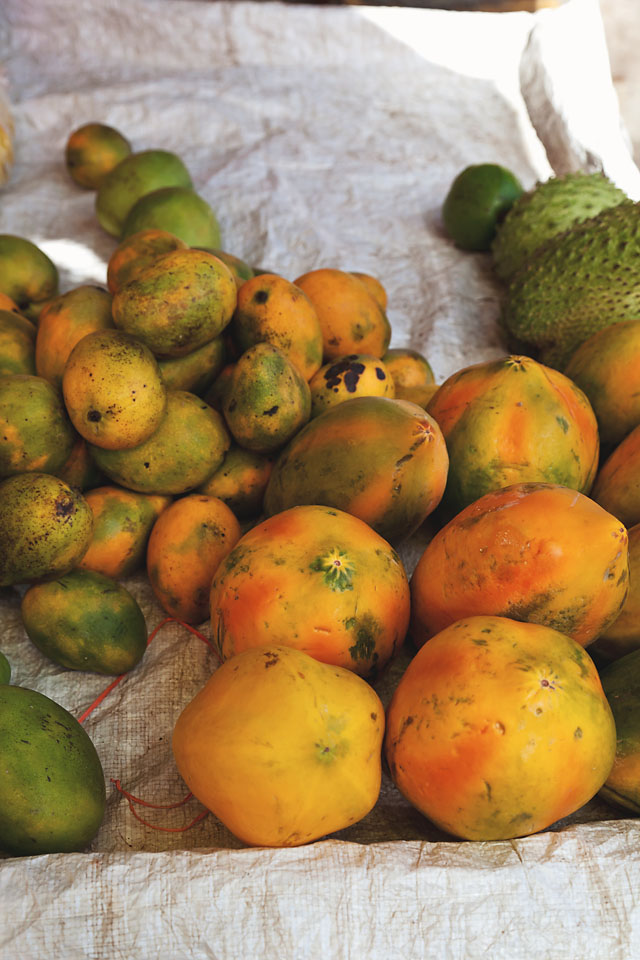



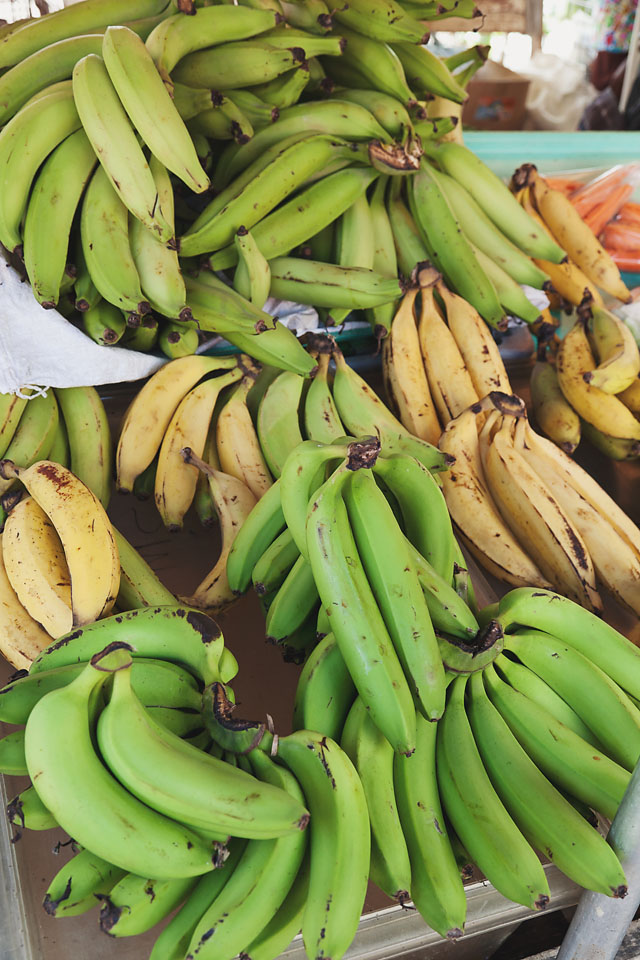
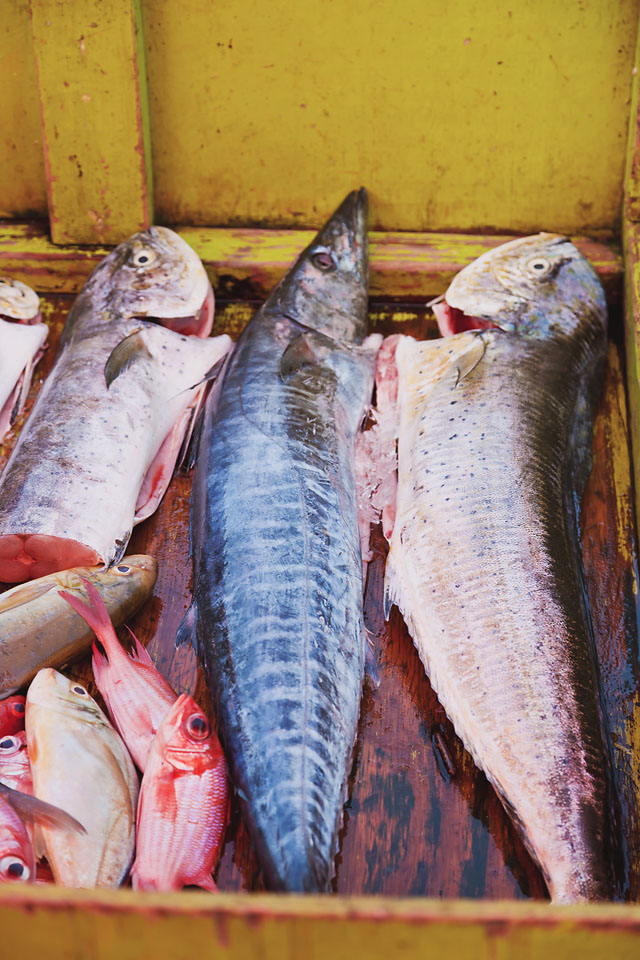
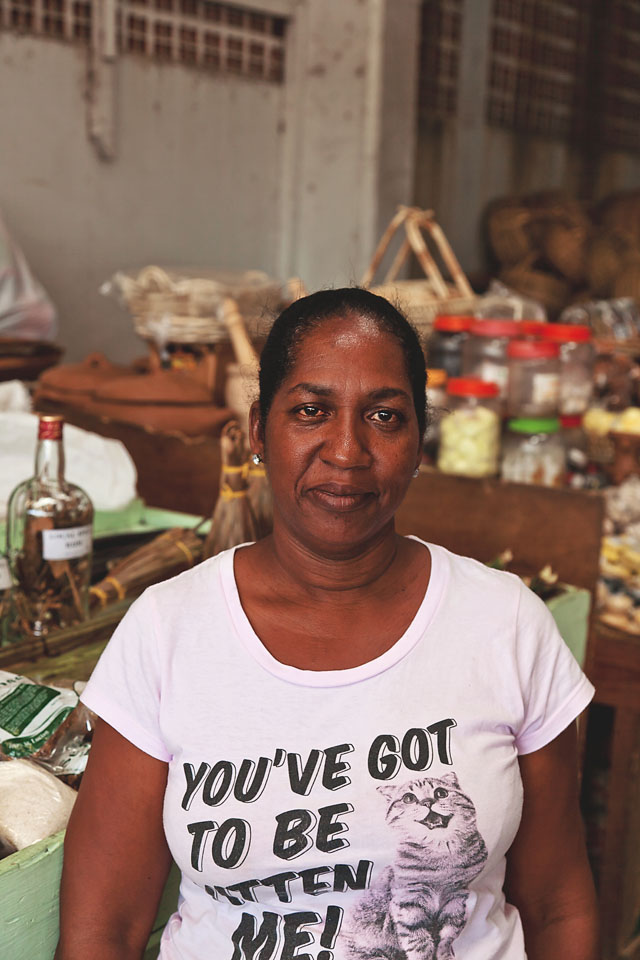
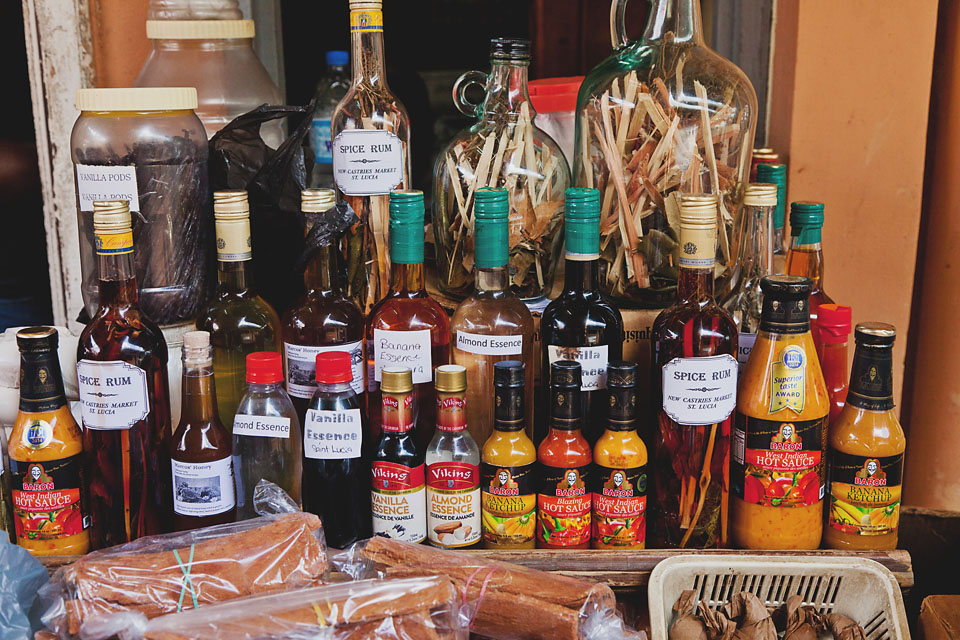

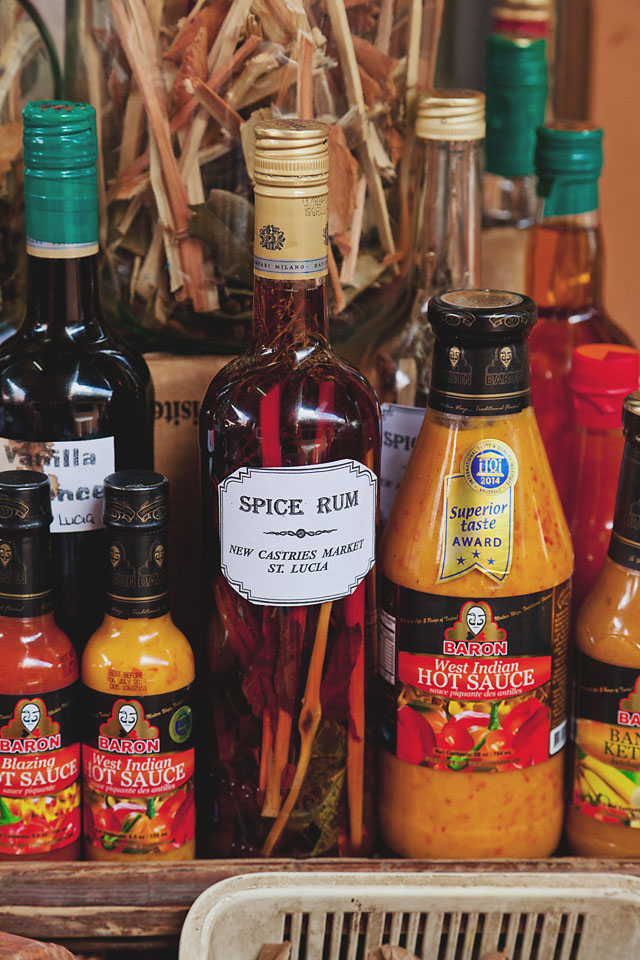

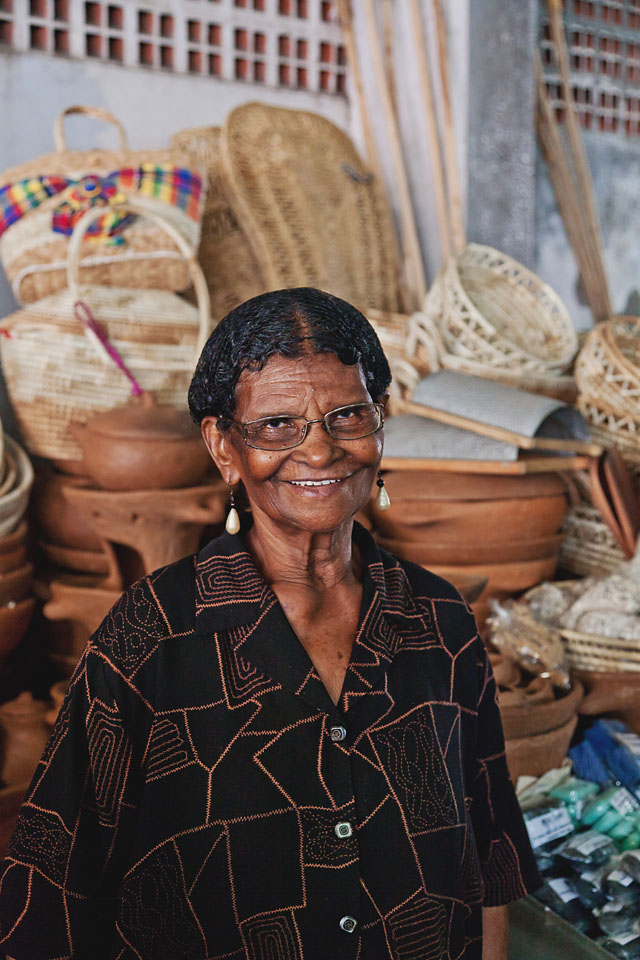

One of my favorite parts about this trip was going to the cacao plantation where we saw so many beautiful plants and flowers, tried many different fruit, heard interesting stories from our guide (including the sad ones about the lives of slaves who worked on these plantations in the past) and finally where we saw where the chocolate actually comes from! How the cacao fruit tree, also known as Theobroma Cacao, produces cacao pods which are cracked open to release cacao beans. From there, cacao beans can be processed in few different ways, Of course we tried those little treats and loved them both in their fresh form and later on when they are already dried. For somebody who loves dark chocolate as much as I do, it was the best experience ever! 🙂



Vanilla!


Cacao!






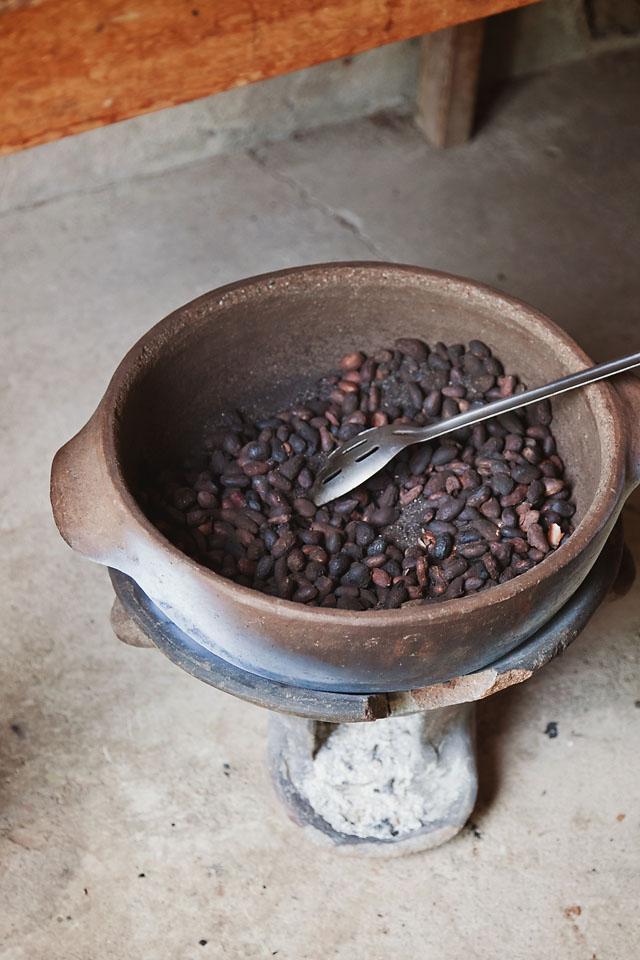


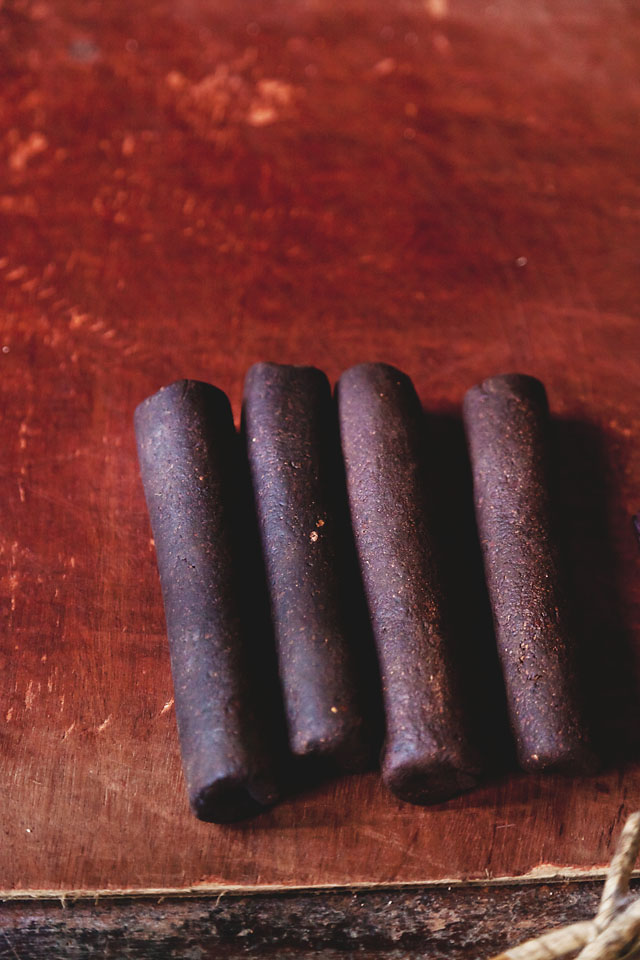

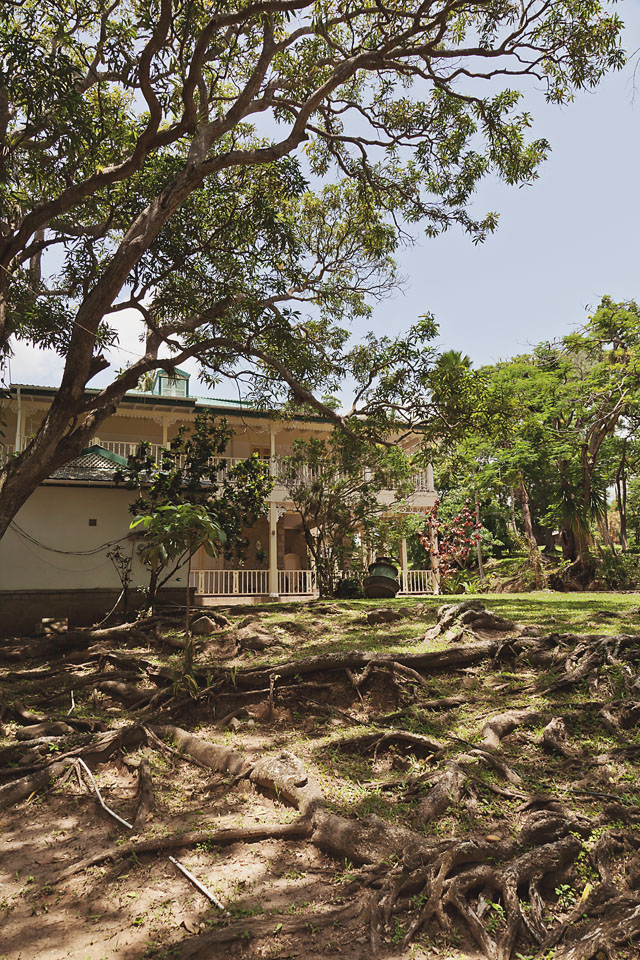
Coconut!



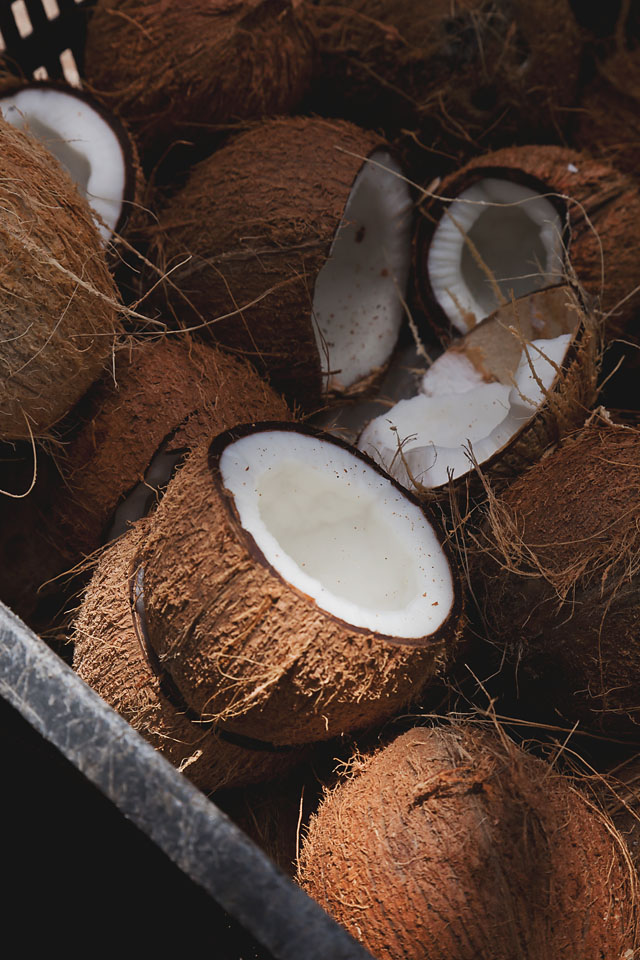


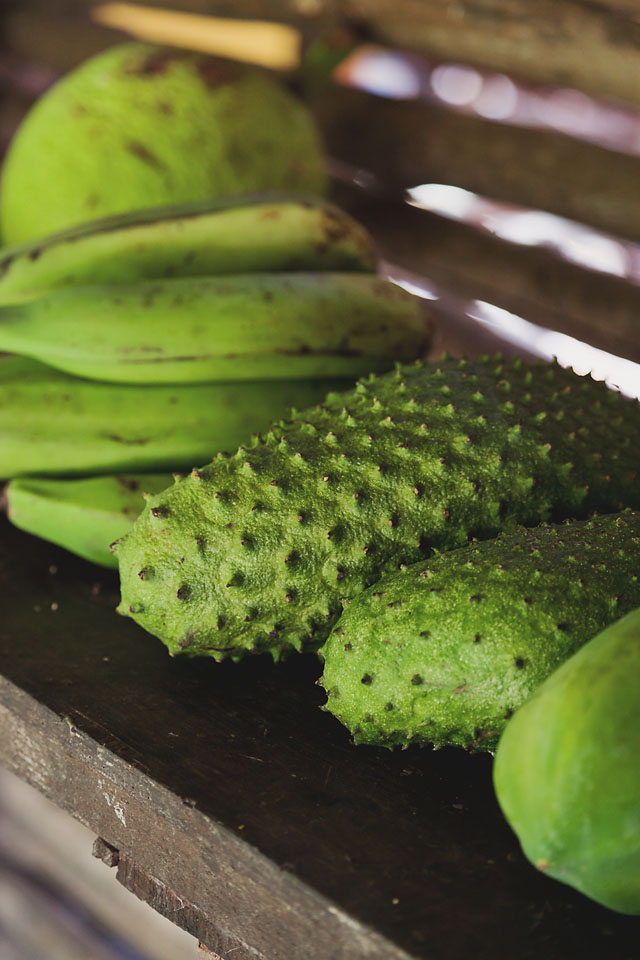
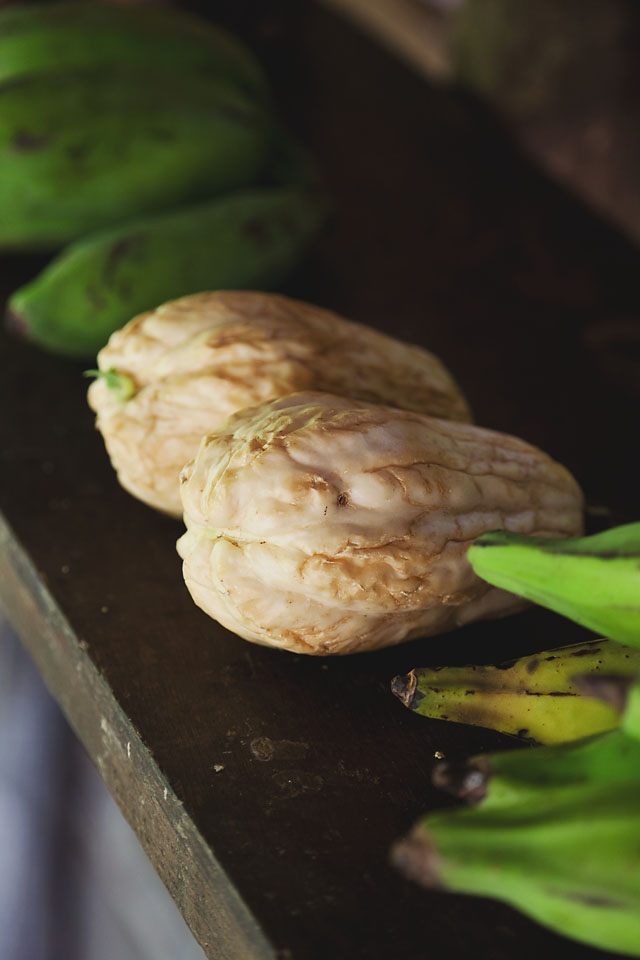

I know that it’s quite a long post but believe me that I had issues reducing the number of photos to post as I had so many that I wanted to share. But I wanted to give you an idea of what St. Lucia is all about, its people, food, scenery and a way of life. As the last part of the post I left these images from Anse-le-Ray, a little fishermen village located on the western side of the island so you can see how the life in this tiny village on the Caribbean island really looks like. I have to mention that we went there in the mid day when the sun was strong and the heat was forcing everybody to look for a shade so often we were the only two people on the streets. That however hasn’t stopped me in taking photos of course! 😀
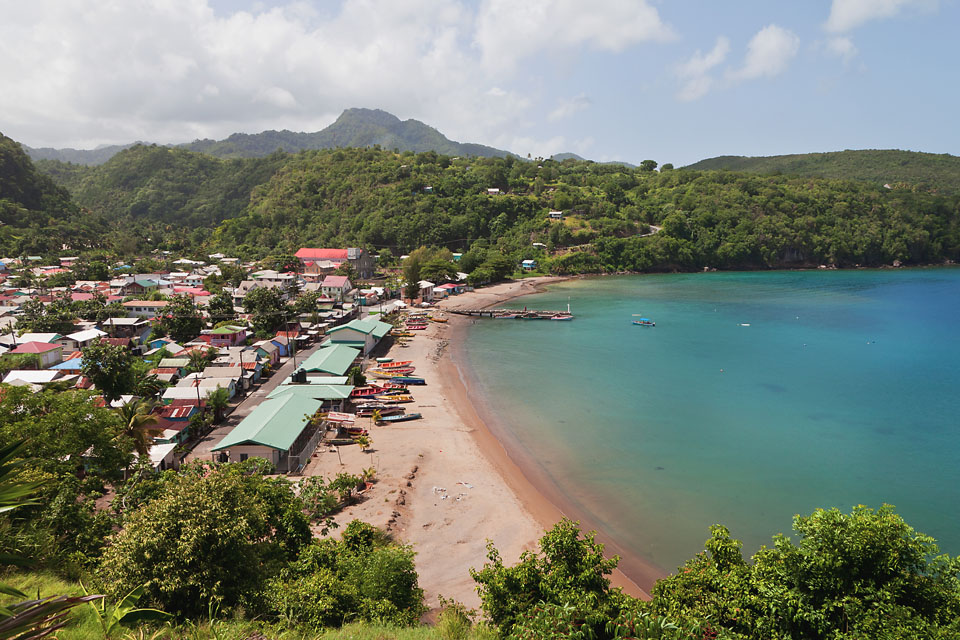


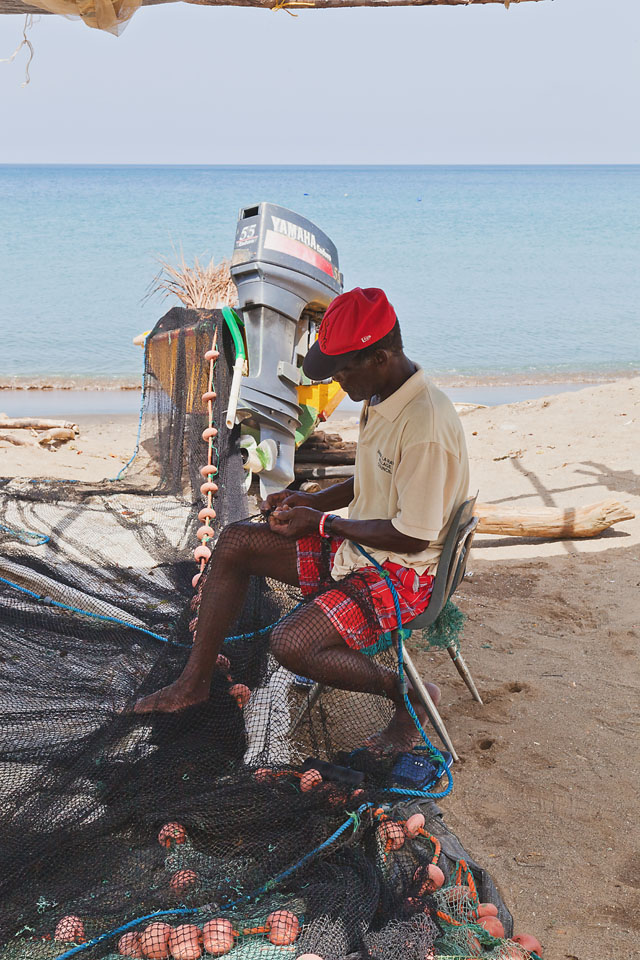


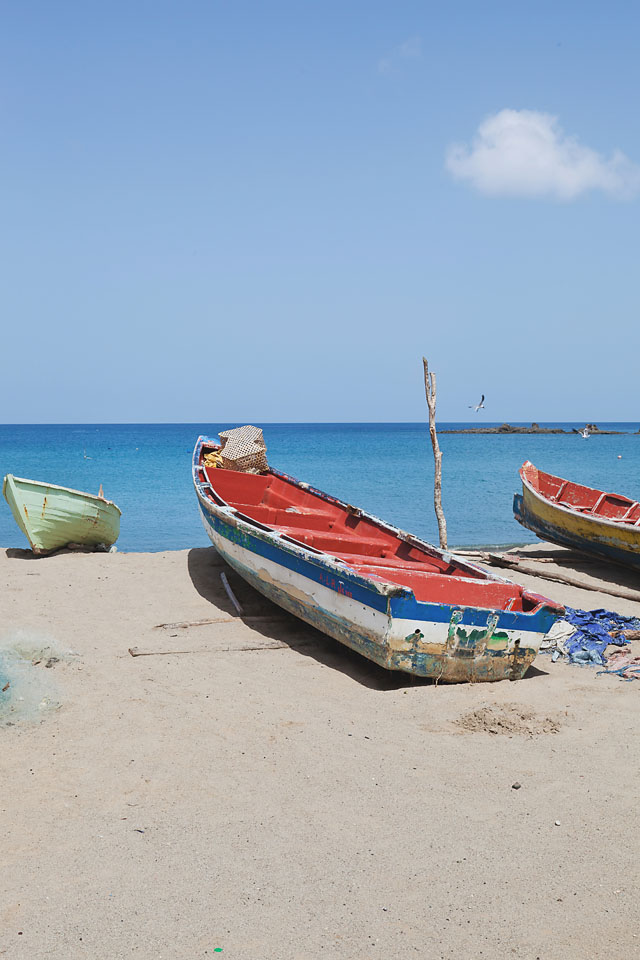
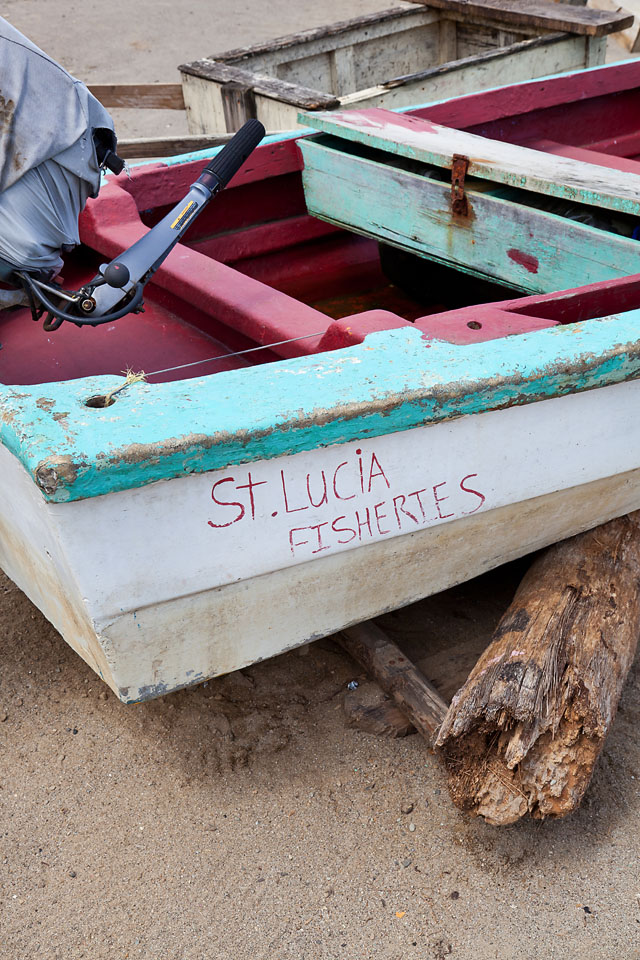



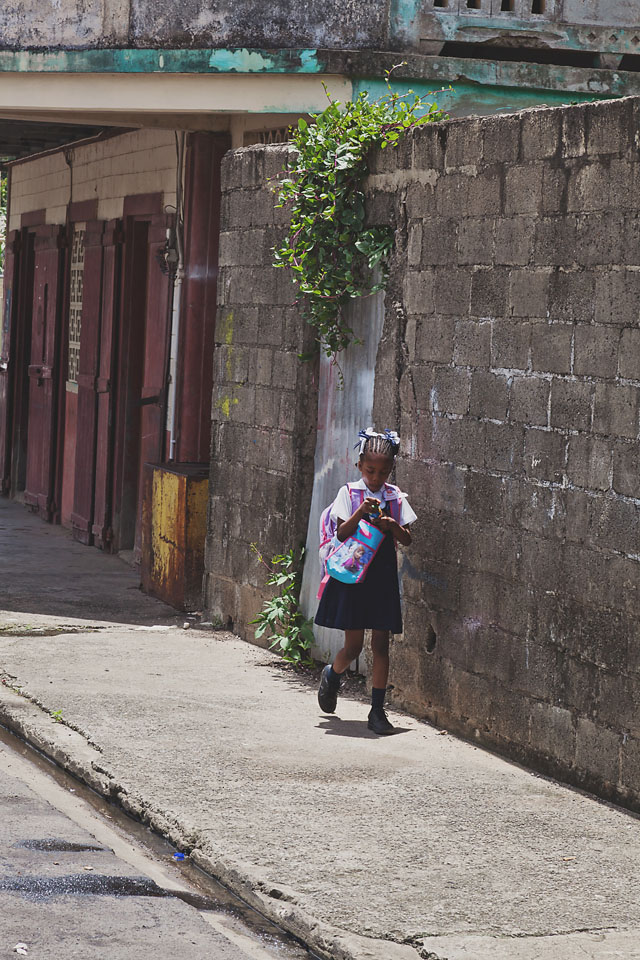
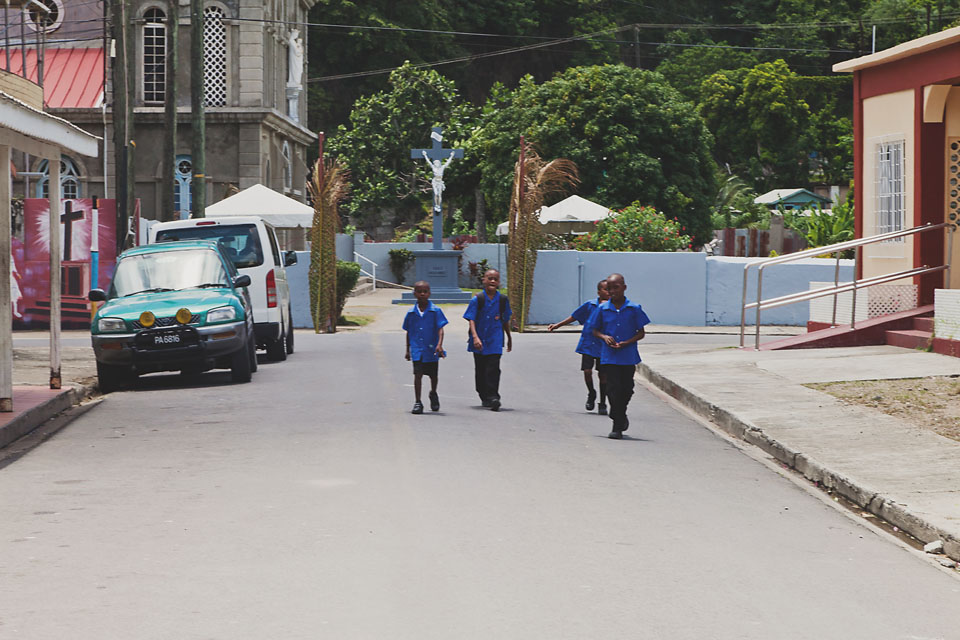


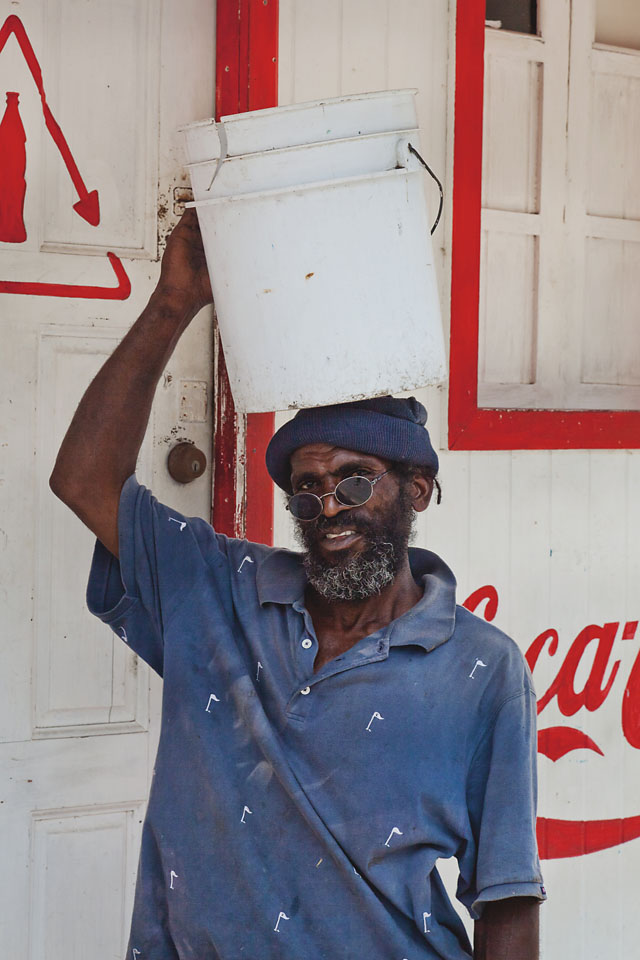

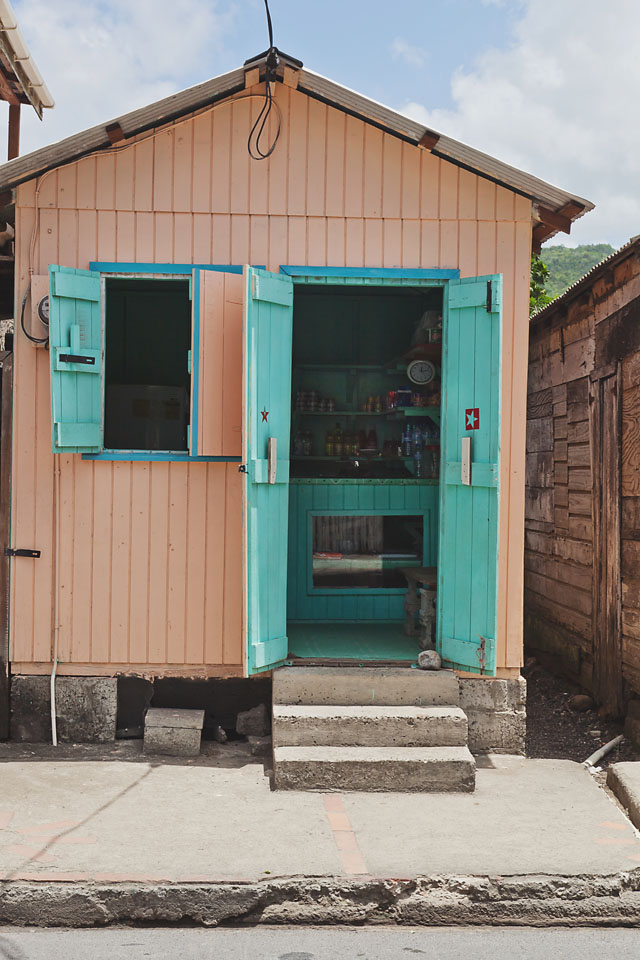
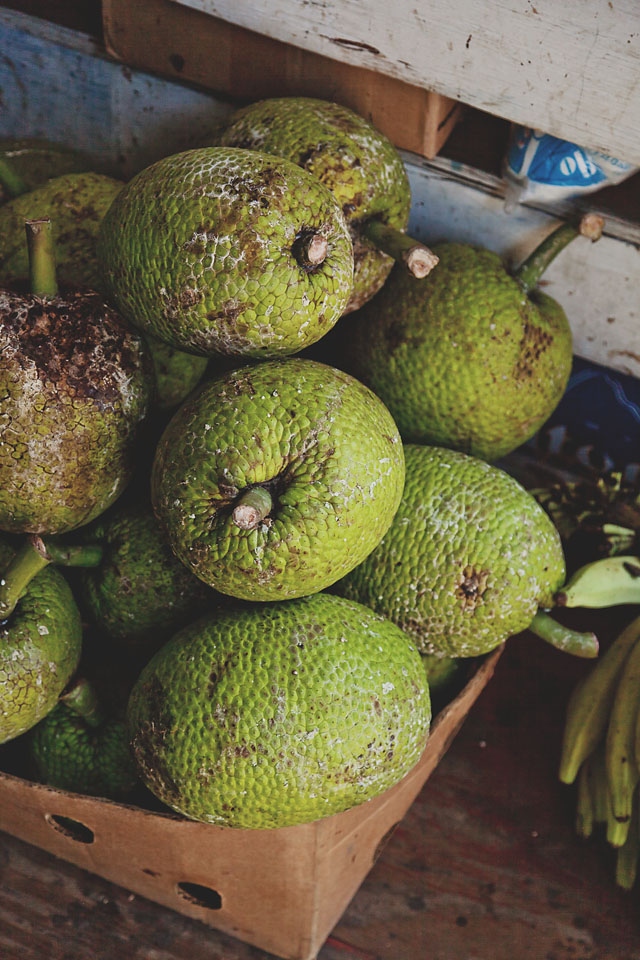


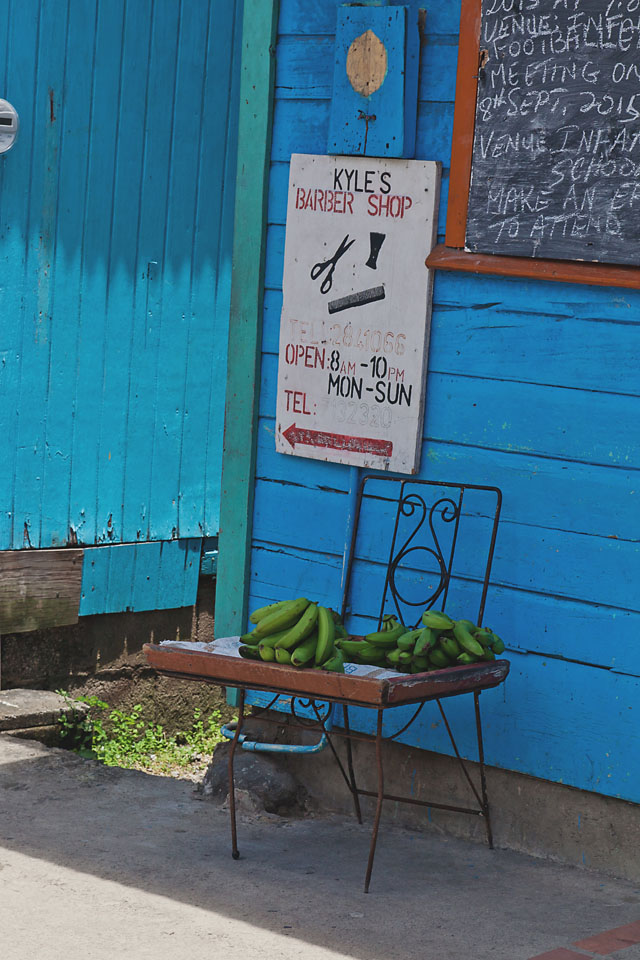
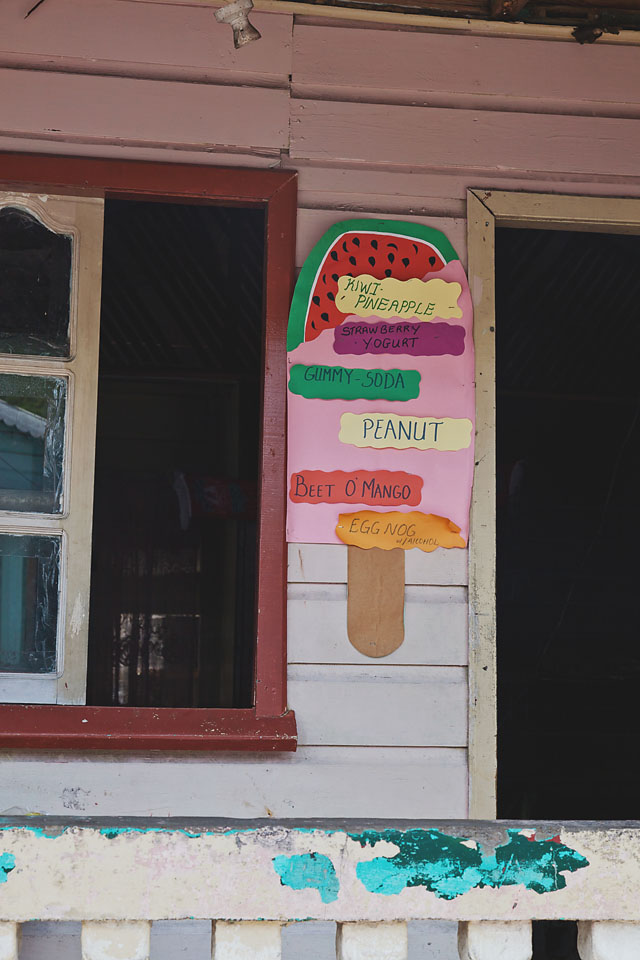


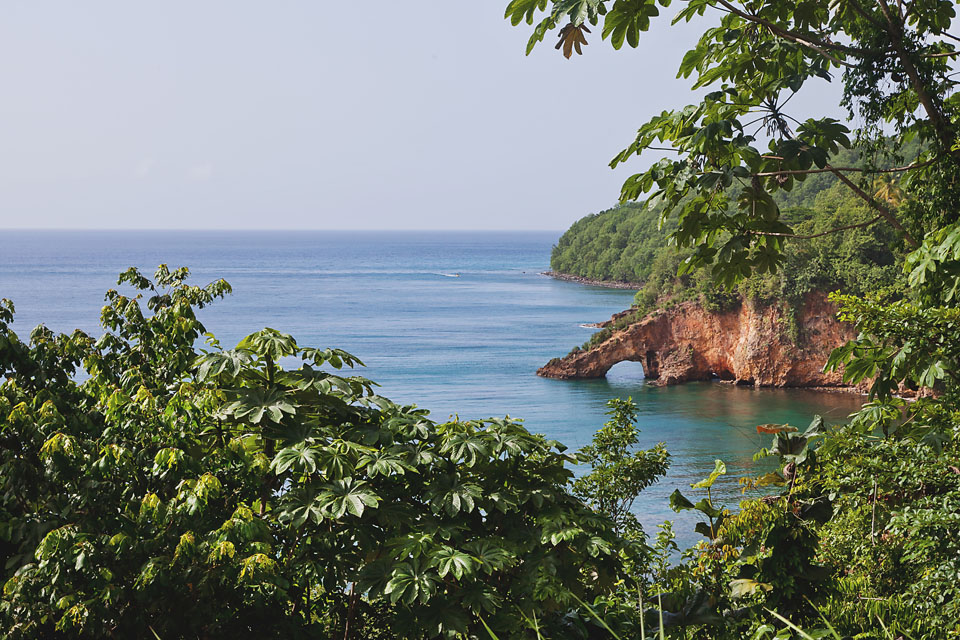
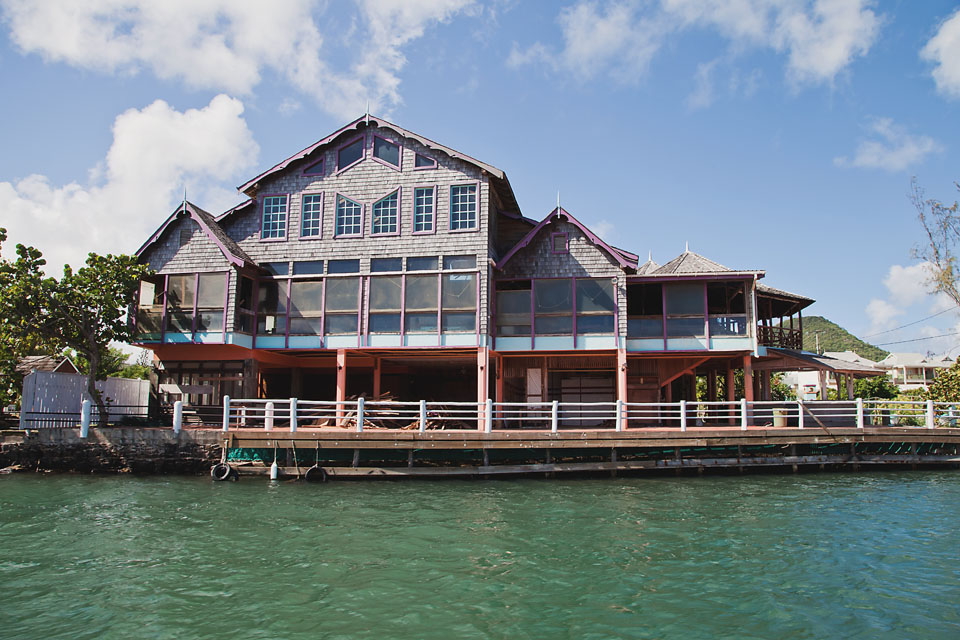
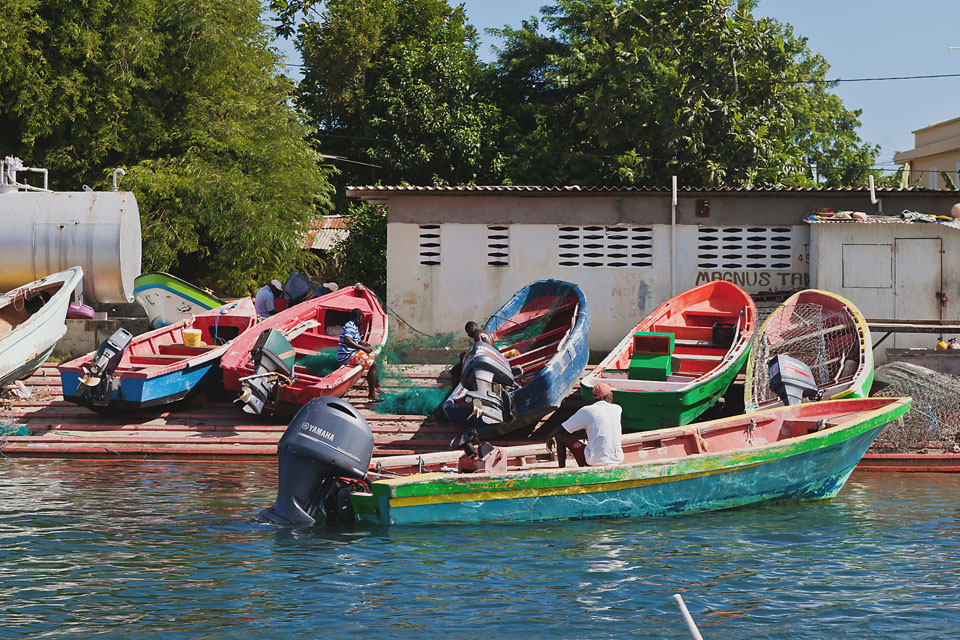

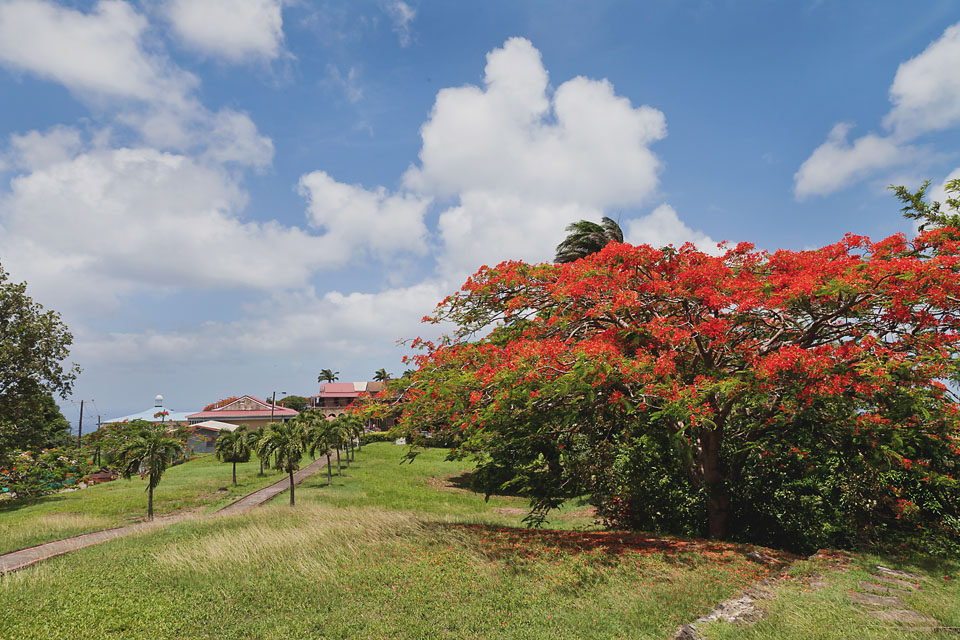

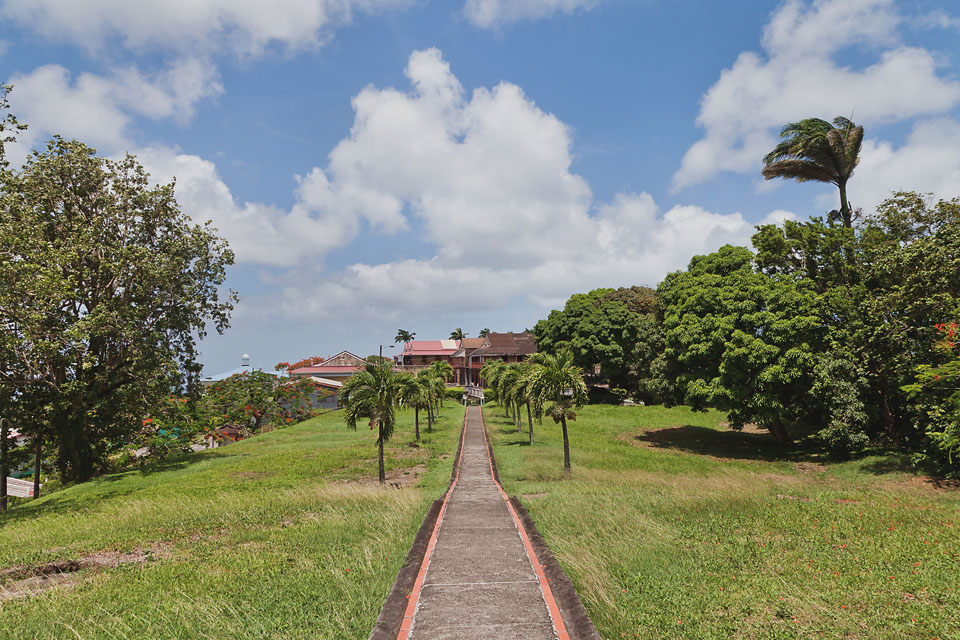
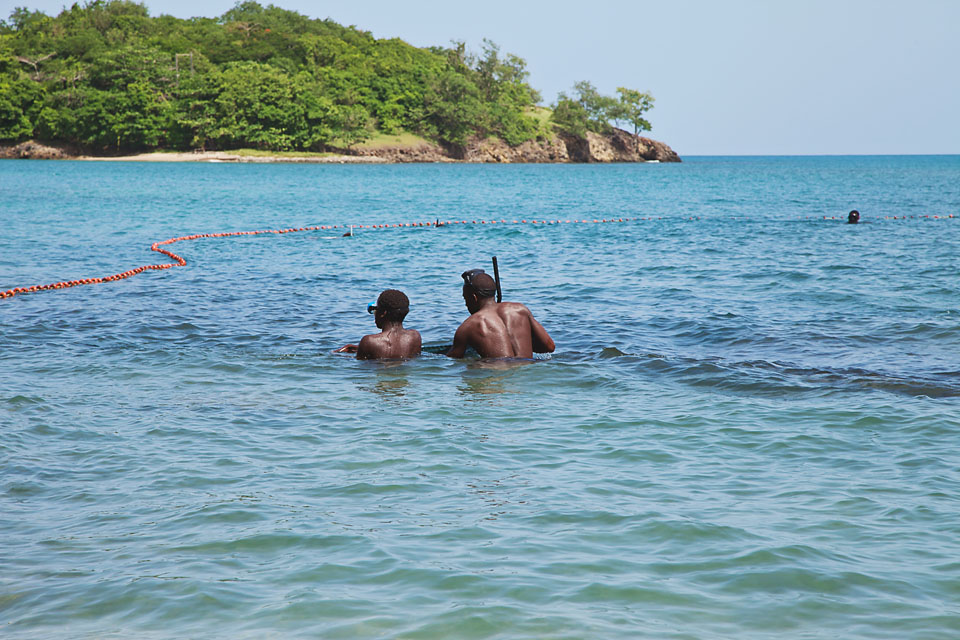
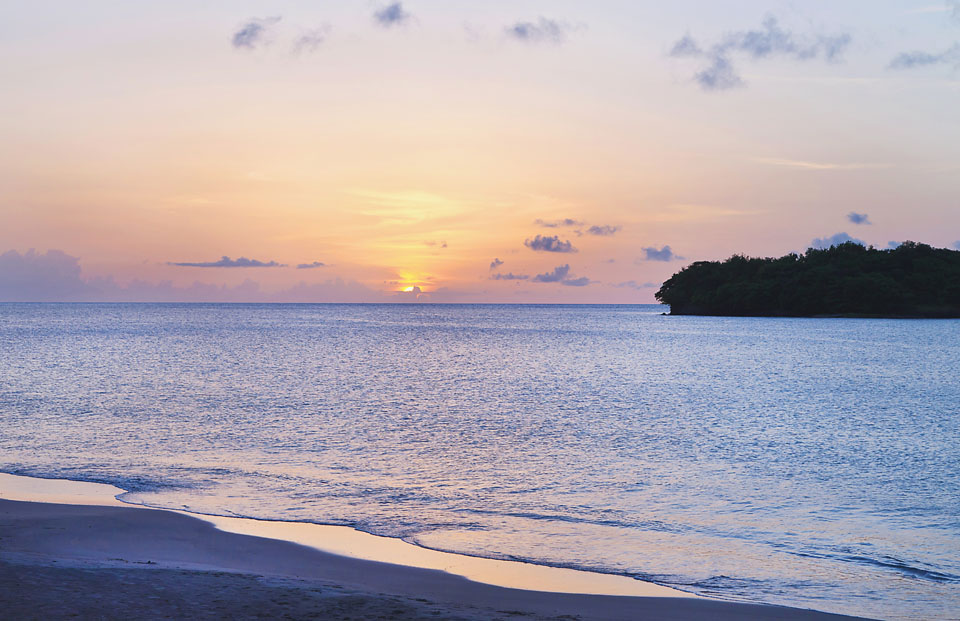

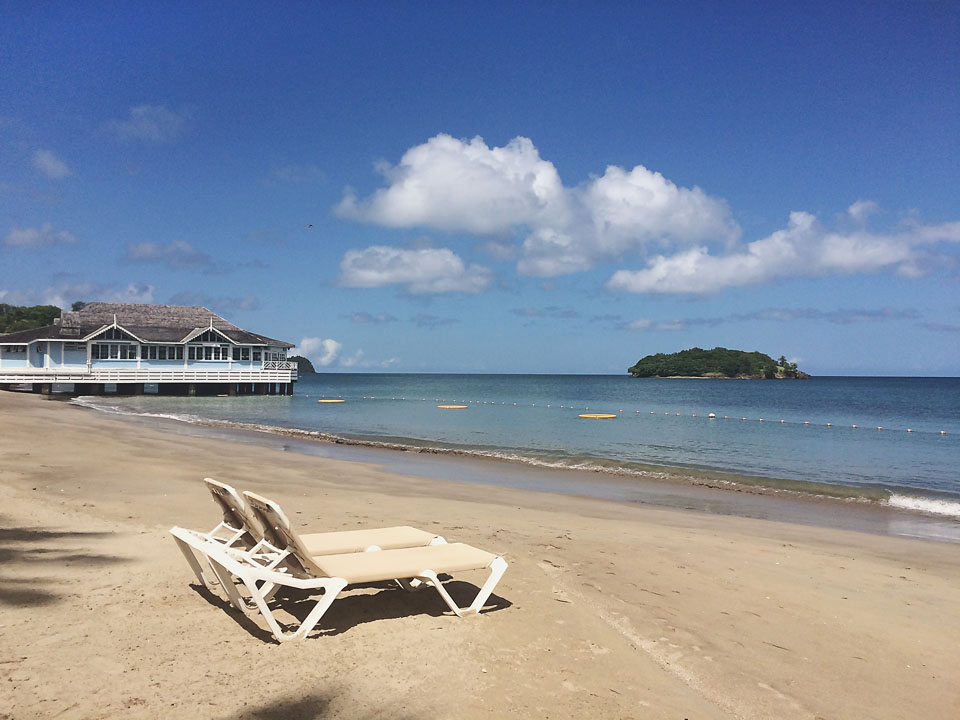




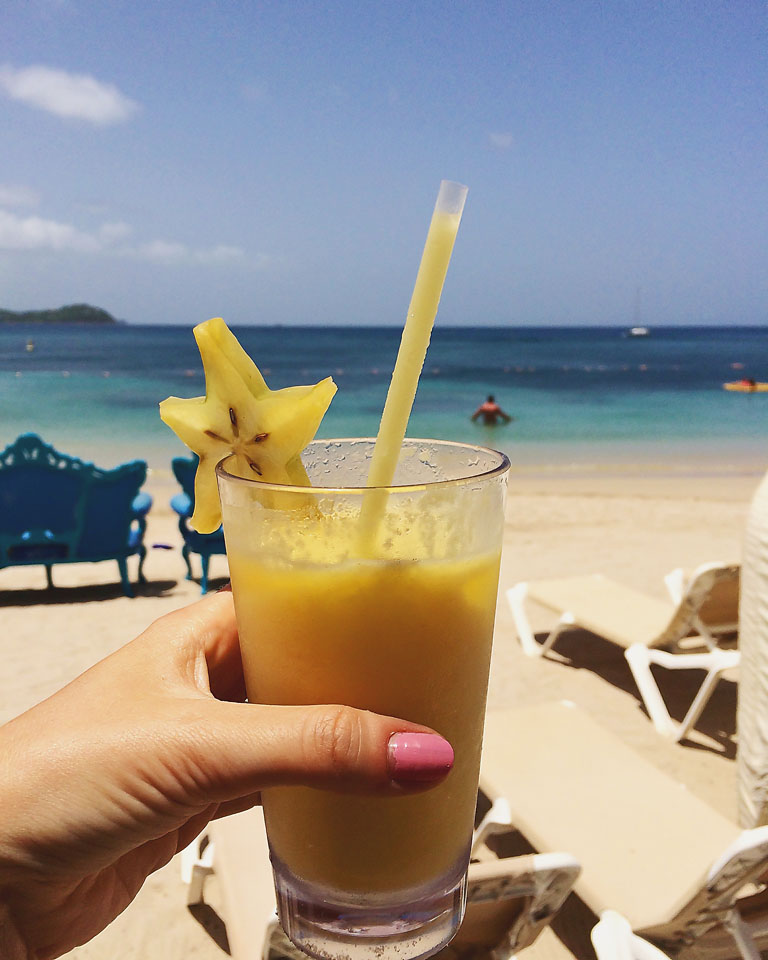
Lili, amazing! You’ve just made me forget about the October rain and fog and I had that coconut in my hand for a minute or so 🙂 What an experience must be to see vanilla in its habitat!
+ thank your husband for making it possible to see all the life under for us, non-diving people 🙂
Thank you so much Natasa for your sweet comment, it made my day! 🙂 And I’ll pass your comment to my husband, he’ll be glad you liked the underwater photos! <3
Znao sam, draga moja Orijana…!
Imaš oko za ono što mnogi nevide ! Mislim da bi bilo dobro ( sa dijelom uradaka) javiti se u National geografic – ili neku drugu asocijaciju – ima fotografija koje uvelike nadmašuju neke, koje se vrte i pobiru slavu…
Draga Lili,
čestitam Ti na fotkama, ja sam sa engleskim “na Oni”, razumio sam komentare na način Google prevoditelja – ali smisao sam shvatio…
Pozdrav Tebi i Stefanu
Hvala puno na lijepim rijecima! 🙂
Such beauty! Thank you so much for sharing this all with us, Lili, it’s nearly unbelievable – paradise on earth indeed! Love your photos immensely! xx
Your comment makes me so happy dear Miriam!! Thank you with all my heart! <3
I honestly felt like I was there. Such beautiful imagery and wonderful experiences. And those spices! Thanks so much for sharing.
Thank you so much!! That’s the best compliment I could get! 🙂
Predivne fotografije, baš bude sjećanja. Provela sam nekoliko godina radeći na cruiserima i imala sam sreću da sam dosta vremena bila na karibima. I kad pada kiša za vrijeme kišne sezone nije tako strašno,naprotiv. Lokalci to zovu liquid sunshine.
Hvala puno, bas mi je drago da su fotografije probudile neka lijepa sjecanja! Meni ce to putovanje uvijek imati posebno mjesto u mom srcu! <3